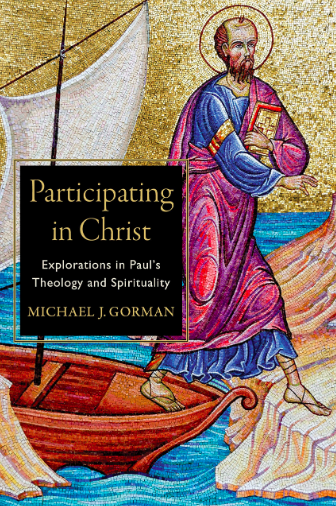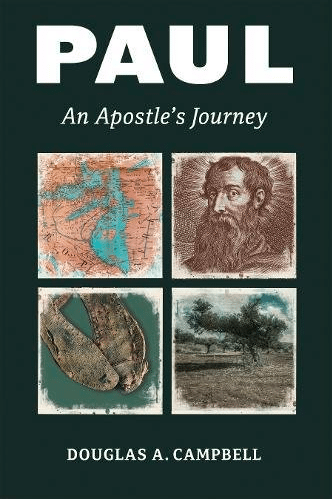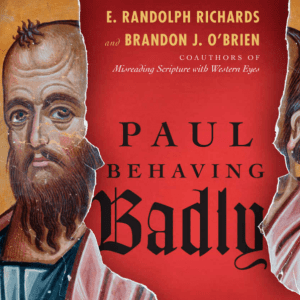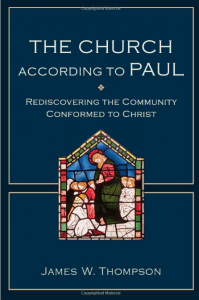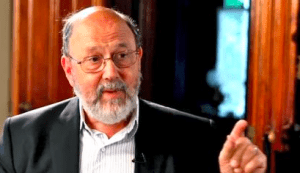 The apostle Paul has been mined mostly for his theology — from Augustine to Luther and Calvin to Bultmann and Barth on into the modern works of folks like Jimmy Dunn and NT Wright. Mostly it is his theology they are after. Others have turned it more neutrally toward religion — and here we think of FC Baur, A. Schweitzer and then EP Sanders. The issue is how Paul can be plotted on the long line of the history of religions and ideas.
The apostle Paul has been mined mostly for his theology — from Augustine to Luther and Calvin to Bultmann and Barth on into the modern works of folks like Jimmy Dunn and NT Wright. Mostly it is his theology they are after. Others have turned it more neutrally toward religion — and here we think of FC Baur, A. Schweitzer and then EP Sanders. The issue is how Paul can be plotted on the long line of the history of religions and ideas.
Others, however, have sought to ground Paul in his historical world by the application of a kind of history and sociology. Some use social science theories to get at Paul and do “sociological models” while others are less attentive to contemporary models and more to ancient social history, and they do what is sometimes called “social description.” The former can be found in the likes of Bruce Malina and Jerome Neyrey while the latter in the special work of Wayne Meeks. All of this is discussed in N.T. Wright, Paul and His Recent Interpreters, chps. 10-11. (By the way, of all the scholars mentioned in this book Wayne Meeks comes out the most appreciated.)
Wright examines social history, lending itself more toward the social description than the sociological model approach, in proposing that these scholars contribute to Paul’s theology and mission and the earliest churches in ways that are sometimes not examined sufficiently by the theologians — except in passing. Wright reveals in these chapters how dependent he was on Meeks when he began his massive project (I refer here to The New Testament and the People of God as the beginning of the next volumes on Jesus, the Resurrection, and Paul).
He takes a look at some major sociologists to come to this conclusion:
Though both social theoreticians and practising historians will continue to modify these proposals in detail, they have released genies which cannot now be put back into the bottle. Whether we speak of a ‘symbolic universe’, a ‘life-world’, an ‘ethos’, a ‘worldview’, a ‘social imaginary’ or any other shorthand, we are all sociologists now, if only at second hand (228).
It all began with Edwin Judge and his book Social Pattern of Christian Groups in the First Century. Judge knew his Roman and Greek sources so well he was able to look at the NT with Roman lenses. He tried to distance the Christian groups from the Roman world and thus also to suggest they were radical innovators. Here is Wright’s own summary of Judge’s summary:
The New Testament churches (1) constituted a movement of ideas, ‘a kind of adult re-education’; (2) their intellectual premises differed from the philosophers’ naturalistic logic, being generated instead by eschatology; (3) this resulted in a community life unconstrained by ‘nationality, status, gender and numbers’; (4) this was generated by the divine gifting of each person; (5) this then ‘undercuts the foundations of the public community, operating as an alternative, transnational society’ (232).
Next, briefly, Gerd Theissen’s functionalist approach to the NT texts, ideas and churches. Then only mentioning a list of various scholars, leading him to see four elements in the social approach: (1) description (Judge), (2) explanation, (3) prediction (esp sociological models, as in Malina), and (4) application (to our world, churches today).
He then delves into symbolic world, or what Wright prefers to call worldview: “a complex of normally hidden assumptions which may both ‘legitimate’ the thought and behaviour of a particular society (‘that’s just how we do things here’), and ‘explain’ it to a future historian (‘that’s why they thought and acted as they did’)” (244).
His focus in the 11th chp is Wayne Meeks’ The First Urban Christians and David Horrell’s Solidarity and Difference.
I don’t think it is possible to summarize what Wright does here: he provides a full sketch of each of Meeks’ chapters, then rehearses the response to that theme in the response volume to Meeks (T. Still, ed., After the First Urban Christians), and in the process makes his appreciatory and critical remarks.
Here is what is in Meeks’s volume on the Pauline churches and their social make-up:
1. The urban environment
2. The social level
3. The formation of the ekklesia
4. Governance
5. Ritual
6. Patterns of belief and patterns of life
Wright summarizes each and responds. Worth the read.
Finally, he looks at David Horrell’s approach to a community-based location for Paul’s theology and mission, with special attention to a socially-based identity (in the church) as well as a serious examination of the importance of diversity and solidarity — all with a view to the modern notions of diversity and tolerance. Again, we get a fulsome summary along with regular words of appreciation and critique, with more critique at the substantive level. Horrell eventually goes to learning to think “with” Paul (communitarian approach), “beyond” Paul (taking him to the next level) and then “against” Paul (moving against Paul into a pluralist society). Wright questions each of these and thinks Horrell has failed to see the significance of new creation theology in Paul.



